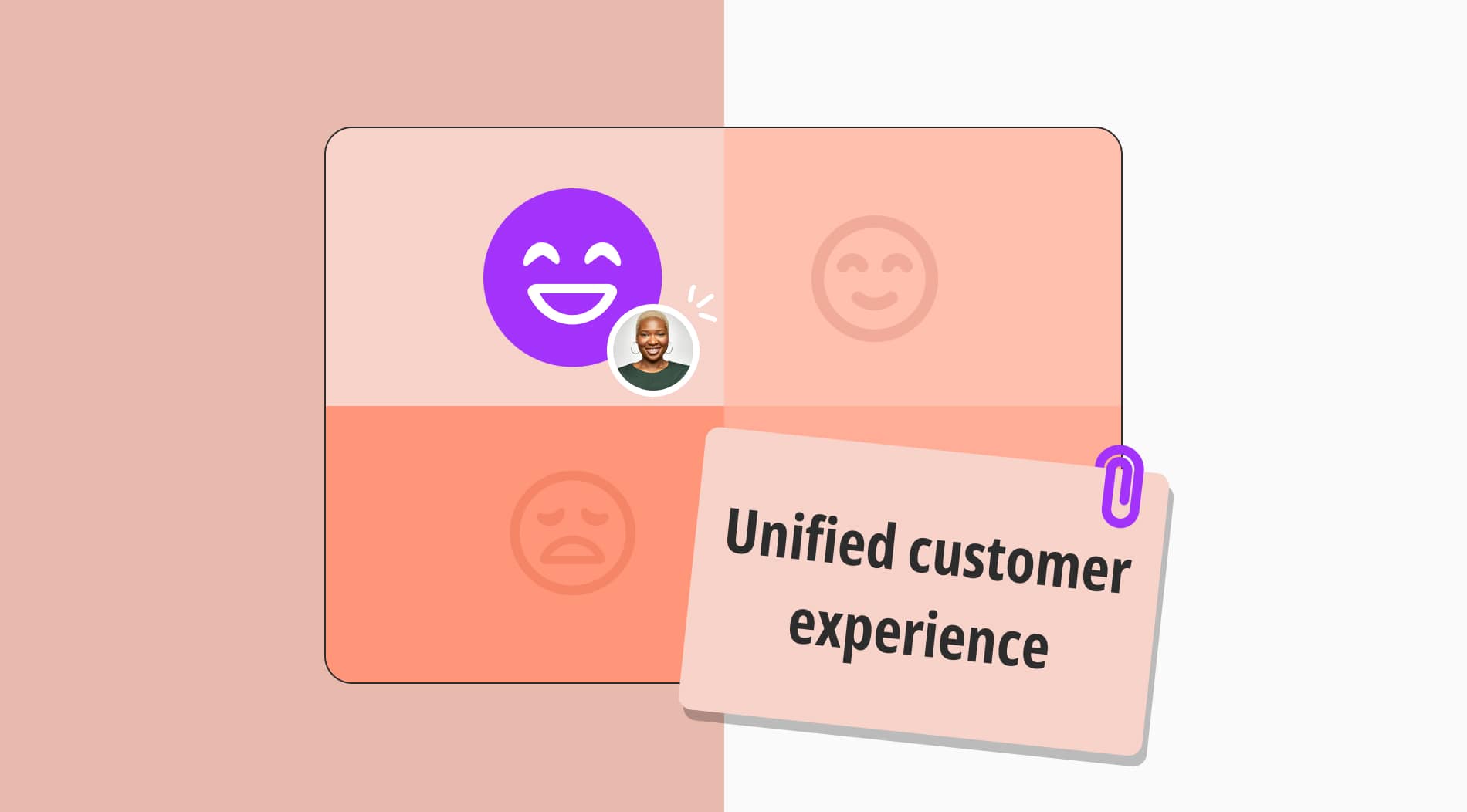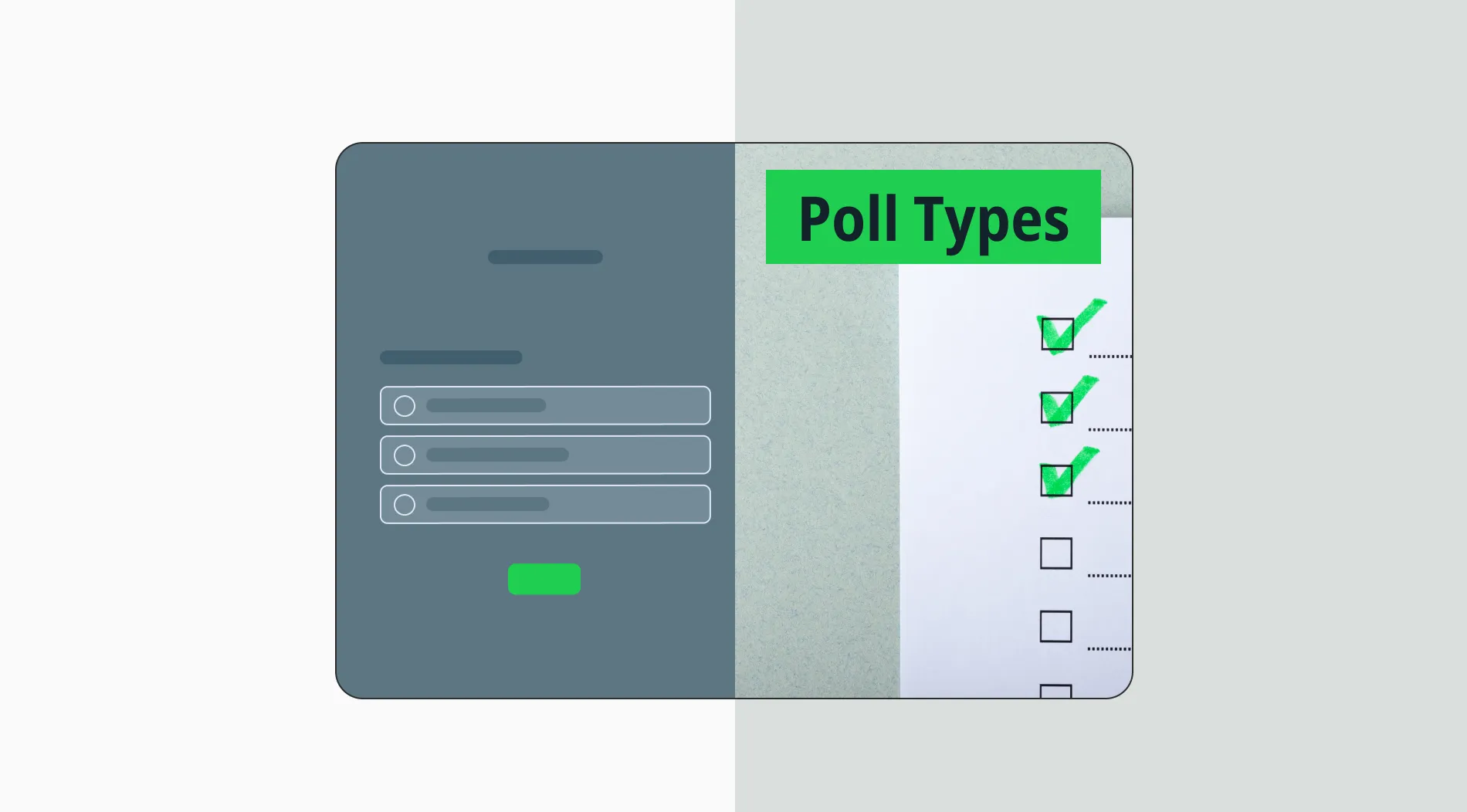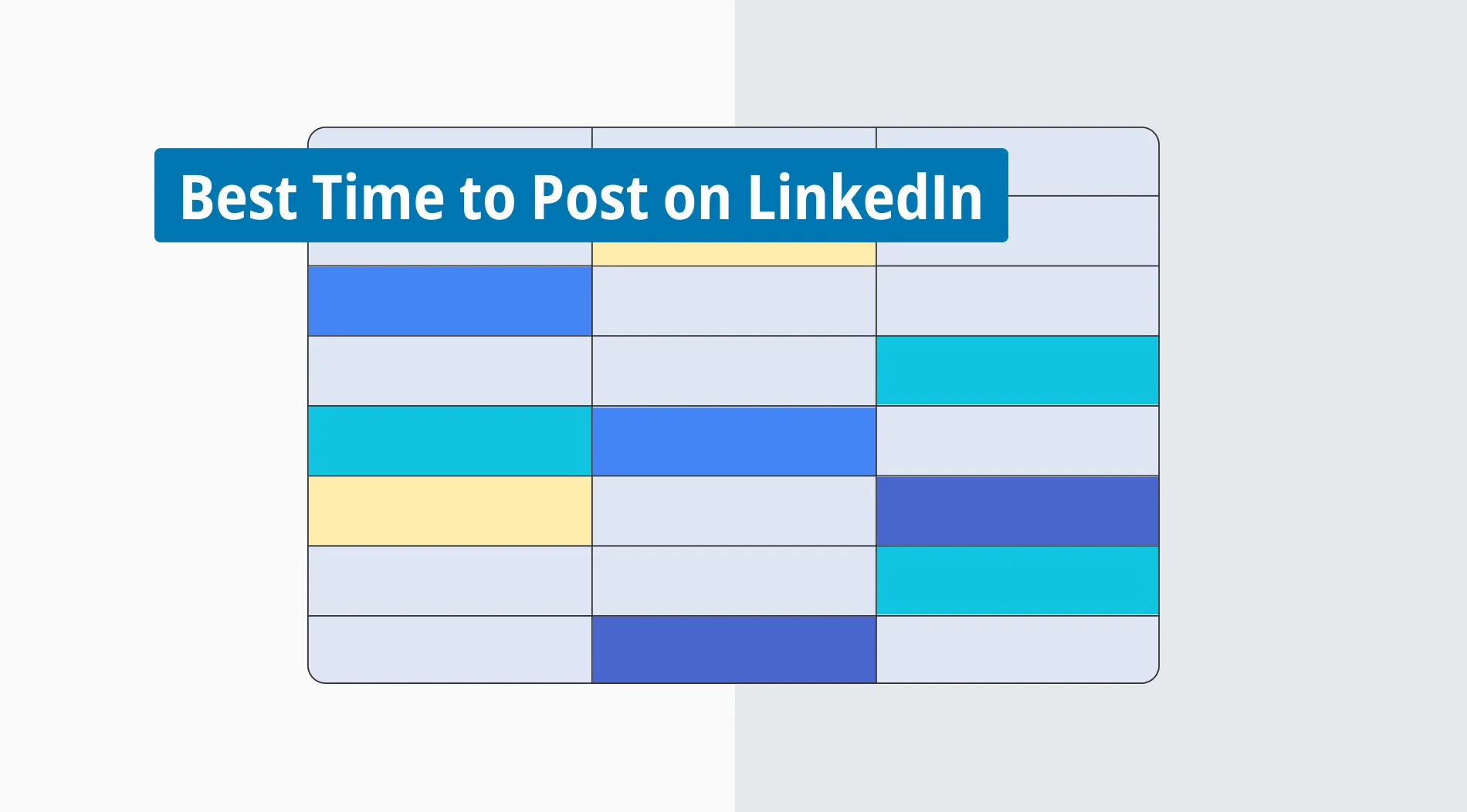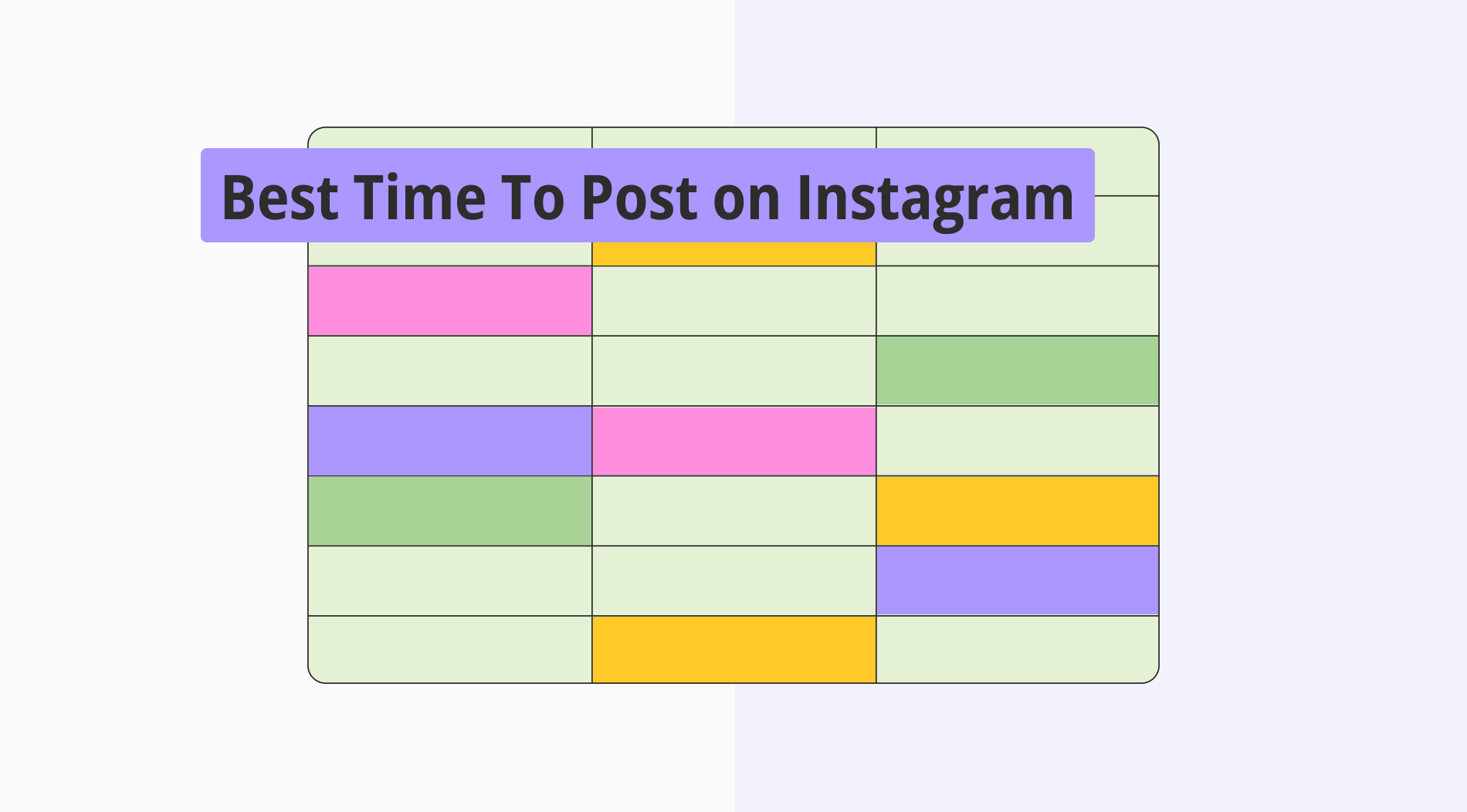Let's face it, a while back all it took to hook a customer and complete the sales funnel was a catchy title and some flashy professional photos. Well, those days are gone.
Today's customers are requiring even more than just a great product or service to buy your products. If your business isn't already on board with a unified customer experience, there are huge chances that you'll fall behind and miss out on a crucial competitive edge. 😕
Worry not because that’s what we’re here to explore! 🛟 Let’s first define what unified customer experience is.
What is a unified customer experience?

The definition of unified customer experience
Unified customer experience, as the name suggests, is the process of providing your customers with a customized and consistent journey through all the different channels and touchpoints they interact with (online, in-store, over the phone, etc.).
The practical usage of this term was defined a few years back in 2016. A paper by Zhang, Nilgahian, and Kandampully described UCX as a synchronicity between integration, personalization, and consistency.
But the definition doesn't tell you the whole story! Offering a seamlessly unified CX to enhance your brand recognition and cultivate deeper customer loyalty is a terrific idea. It can significantly impact how your business stands out in the market.
5 key components of unified customer experience
Before jumping into the most important elements of UCX, it's important to point out that the components for each type of experience will differ on various factors, such as the industry niche, volume target audience, demographics and business strategy.
So, no, there is no one-size-fits-all solution. However, relying on these components can give you an idea of how to (re)structure the approach to your customers.
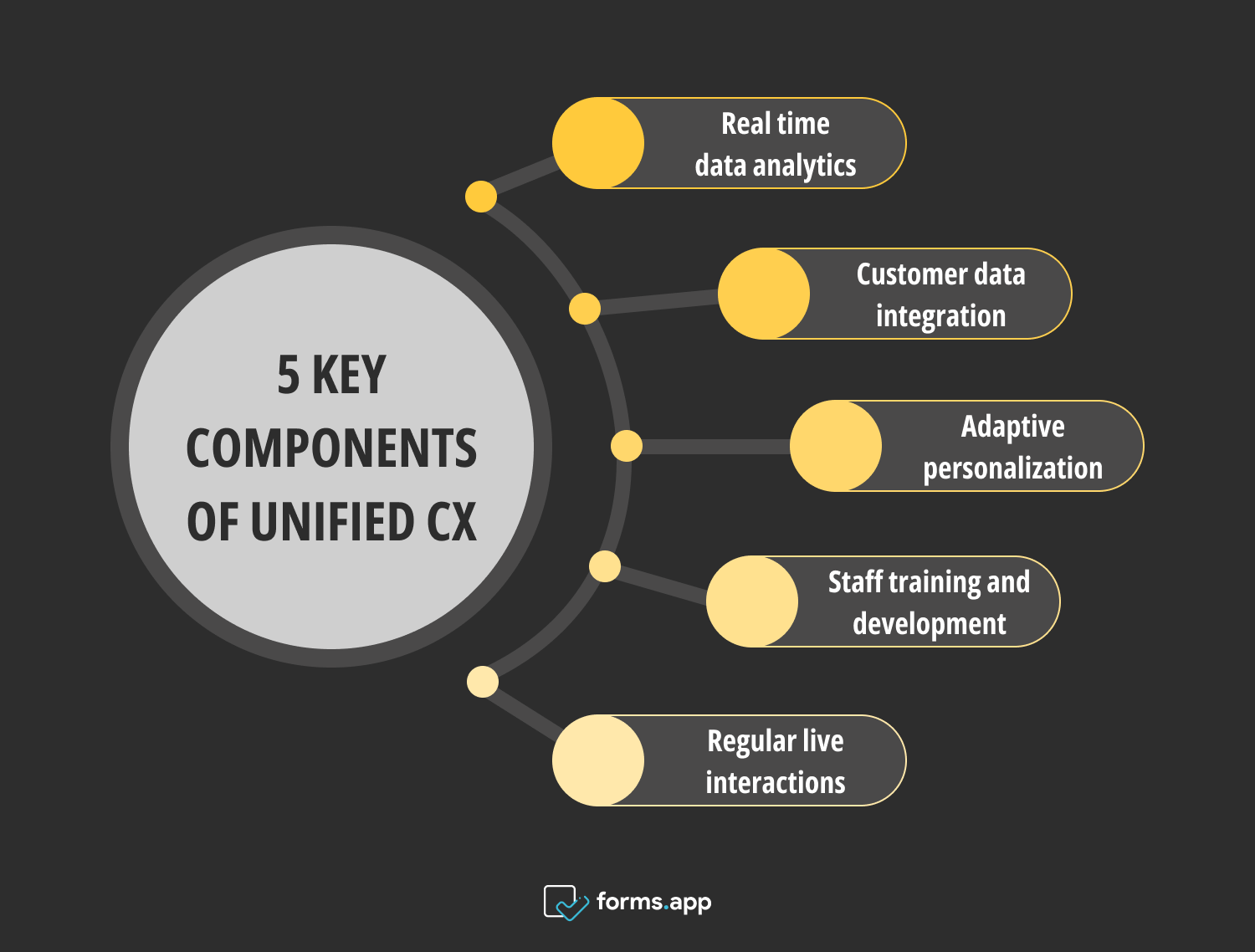
5 key components of unified customer experience
Enough talk. Let's get our hands muddy and explore these components/elements.
1. Real-time data analytics
Also known as real-time analytics. This operation implies that all gathered data is available almost instantly when it enters the system. Yep, you heard it right! The smart data architectures allow nearly instant streaming, which further ensures that the experts can navigate operational decision choices based on real-time insights.
Having instant access to consumer information, like their responsiveness on a product launch or brand identity changes, will not only help companies reduce operational costs on many levels but also maximize the business return in practically no time.
2. Customer data integration
A unified customer experience sounds like an abstract theory from a marketing perspective, and we totally get it! But in reality, UCX heavily relies on quantifiable data from customer data integration (CDI). In simple terms, it is the process of gathering data from all over the place – online platforms, social media, loyalty programs, you name it – and bringing it all together on one handy customer experience dashboard.
CDI is a tool that helps companies immediately understand the consumers' behavior or interest in a new product or brand message and, ultimately, manage the customer's experience at every step of the sales funnel.
3. Adaptive personalization
Personalization in its name reveals the process of tailoring the product or brand voice to the specific consumers' needs. Combined with smart tools, there are possibilities for utilizing the data in real-time, allowing businesses to recommend the best course of action for each customer.
Understanding this process is not as complicated as it may seem initially. It can include some basic elements, such as providing the best shipping and payment options based on your customer's location and preferences and having a selection of services or products that resonate with the end user.
4. Staff training and development
Team improvement is one of the keys to maintaining a successful space, and it's not hard to see why! Having underqualified or inexperienced staff can heavily impact any business segment, which gets even trickier when related to UCX.
The go-to option is, hands-down, to provide training on the customer data platform your company is using, and your best bet is to utilize simple and intuitive workboards. That way, your team can seamlessly jump on board and become more qualified and proactive.
5. Consistent live interactions
Live interactions secure the most valuable insights and data flow to businesses since they allow the brand to almost "breathe with their consumers."
For the 10 people who don’t know, there are various forms of live interactions, and depending on what are their focal points, companies can build their online presence and gather data from their target audience to drive their business course in a specific direction.
Using live interaction channels such as: email communication, conversational AI chatbots, social media, or even live Q&A sessions will open up various avenues for customers to ask questions or seek assistance.
What's the takeaway from all of this? Well, if companies want to see some real improvements, they need a well-thought-out strategy in place.
That's precisely what tools like forms.app bring to the table. They provide ready-made templates for various forms, ranging from applications and orders to contact forms, feedback forms, and payment forms, that can serve as a great starting point for a solid UCX.
What are the benefits of creating a unified customer experience?
Now that you know what goes into the UCX elements, it's time to dig deeper and give you more reasons why this approach is your one-stop solution to provide a memorable journey to your clientele.
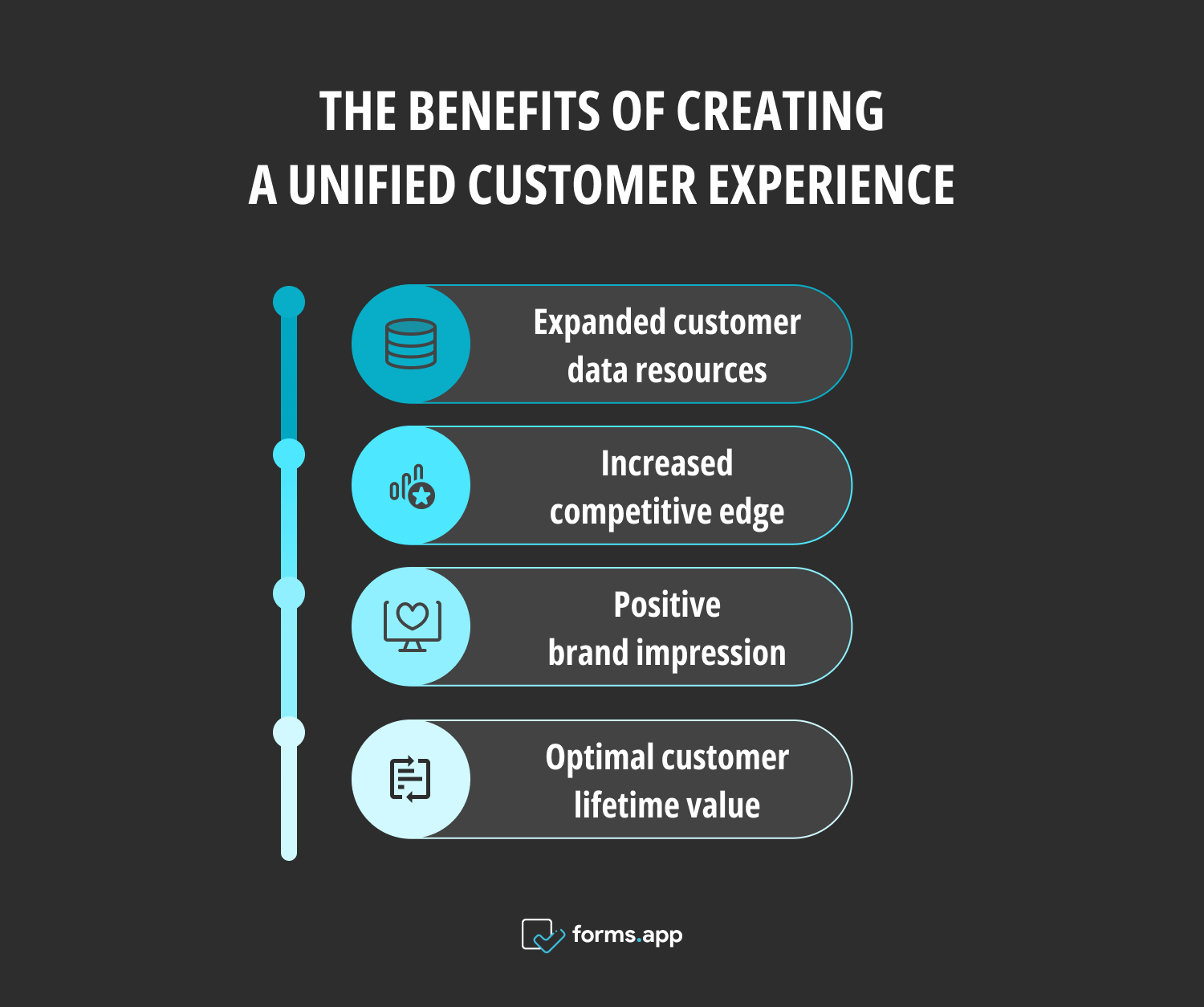
The benefits of having a unified customer experience
Expanded customer data resources
Expanded customer data resources are likely to improve the customer journey through a better understanding of their needs, they allow new dialogue space between the provider and end-user (through personalized marketing and product recommendations) and most importantly a more efficient approach to resolving customer issues.
The best part of it all? It drives new information for products that meet the needs of identified customers, and prospects.
Increased competitive edge
Leveraging state-of-the-art that integrate within your platform can significantly improve your overall business operation and help you reduce operational expenses. However, this isn't the full story.
Having a strong UCX can allow your company to dedicate a customized approach for each customer, which will end up retaining new ones and skyrocketing ROI. And the cherry on top? Once the customers get a good experience, they will do the word-of-mouth magic recommendation.
Positive brand impression
As we highlighted in the previous paragraph, a positive brand impression is one of the coolest benefits businesses can get when they step up their competitive edge. When your product-led growth strategy kicks in, your brand often gets associated with good values and missions.
This is why it is important to remember that 'just another' satisfied customer can be vital in boosting your product's reception when your strategy revolves around that sweet customer-company connection.
Optimal customer lifetime value
Tracking customer lifetime value through customer data is a great way to stay informed about whether your strategy investment is paying off or not. Overall, a golden standard states that your CLV should be at least three times higher than what it costs to bring in those customers (CAC).
Experience has unequivocally demonstrated that UCX can allow businesses to reduce any potential churn, as the unified approach allows companies to spot customer pain points almost in real-time (if they keep an eye on data regularly).
4 Essential steps to deliver an effective unified CX
Now comes the fun part: we've done the homework and compiled a list of the most relevant steps to follow in order to deliver a unified customer experience that impacts your business.
But a quick disclaimer here 🚨 in the world of marketing, we've learned that there's no universal solution that fits every situation, so the make-or-break factor is to create a unified CX tailored to your own business's needs.
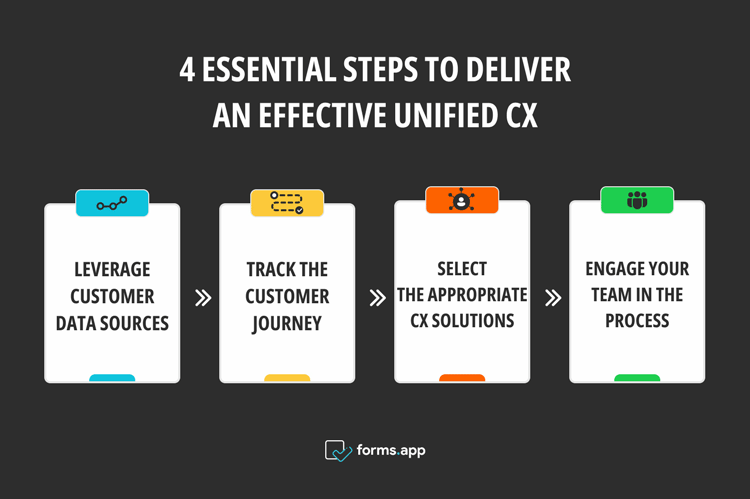
4 Steps to deliver an effective UCX
1. Leverage customer data sources
How do you leverage customer data sources? Through metrics, of course! Using metrics from all available data sources will allow businesses to gain a serious competitive edge. By employing advanced analytics techniques, you can identify trends, needs, and more.
It's not just about identifying market needs and filling gaps; it's also about anticipating customer needs, and that's when the 'first mover advantage' changes the game.
2. Track the customer journey
Tracking the customer journey is usually done through KPIs, with monitoring taking place in several stages:
- Impressions on the company platforms that measure brand awareness.
- The engagement rate reflects how many users are considering acquiring services.
- NPS (Net Promoter Score) and loyalty scores indicate retention.
- Referrals and NPS scores serve as proof that you are doing a good job through customer advocacy.
3. Select the appropriate customer experience solutions
When brands manage to anticipate the user's needs, it's a no-brainer that they should opt for customer experience solutions that are well-integrated with the sales funnel and can gather data through this process, almost without being noticed.
Additional data and information, such as reviews and ratings, can be integrated through pop-ups and subscription emails connected with giveaways or other marketing approaches, but they should never be right on the nose.
4. Engage your team in the process
A successful business is never a one-man band, for that, make sure your team gets involved in all the steps of the process.
Depending on the complexity of your operations, the elements might be more or less daunting, but when each player on your team has a clear understanding of their roles and the data they should monitor, a significant amount of time could be saved.
Also, don’t forget that investing in research and training resources when working with an efficient team can potentially increase your availability and maintain performance quality.
Your turn
Voila, and we hope you had as much fun reading this article as we did writing it! Now, we can safely say that we have given you as much information about unified customer experience as you should know before you start implementing it.
The truth is that we can say the word "unified customer experience" all day long, but it won't get you far unless you and your team take action and start delivering a UCX that hits the mark, and boosts your ROI along the way.
Sena is a content writer at forms.app. She likes to read and write articles on different topics. Sena also likes to learn about different cultures and travel. She likes to study and learn different languages. Her specialty is linguistics, surveys, survey questions, and sampling methods.
